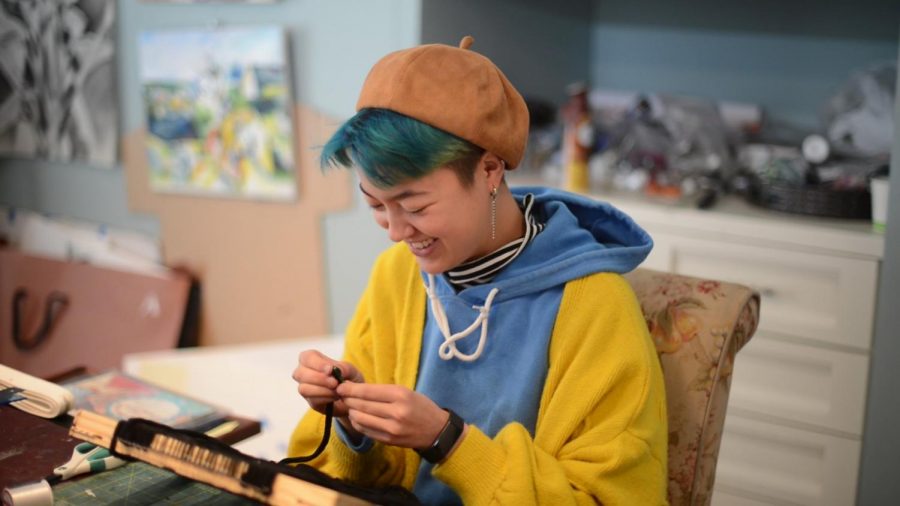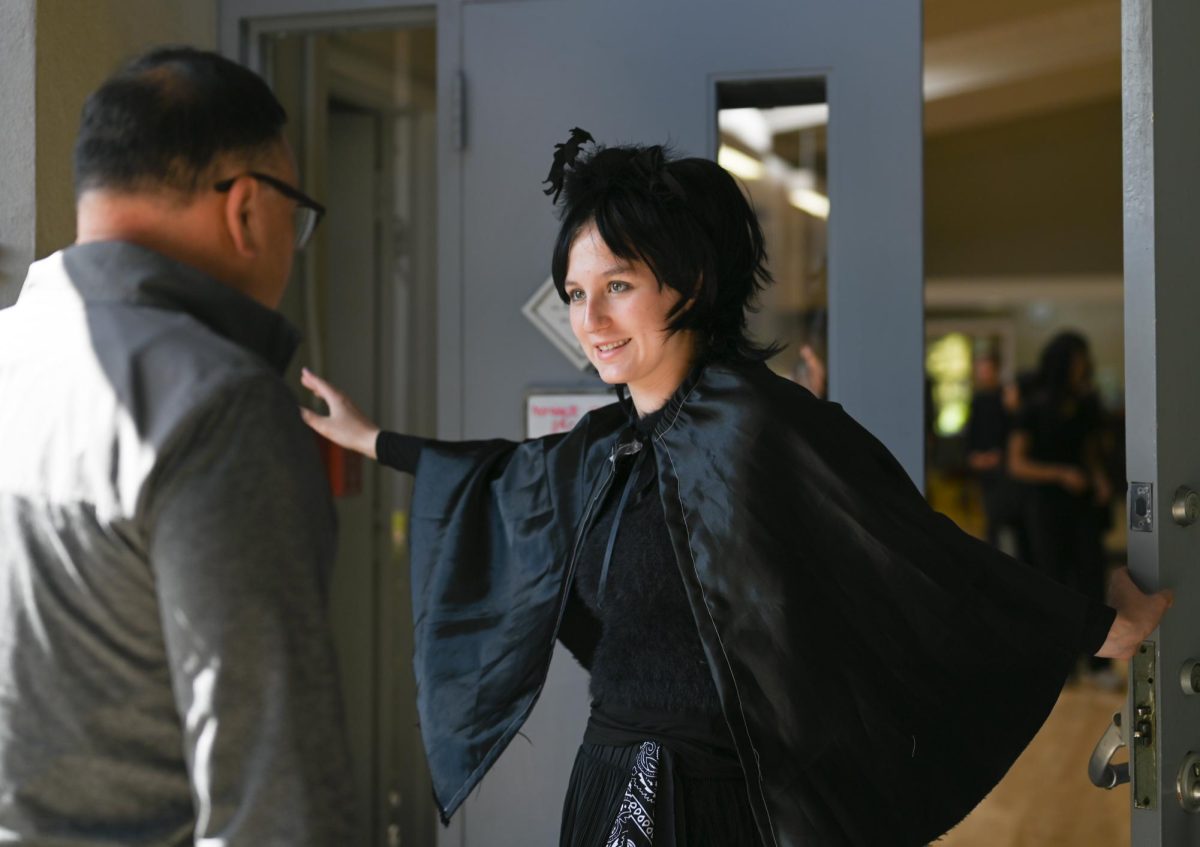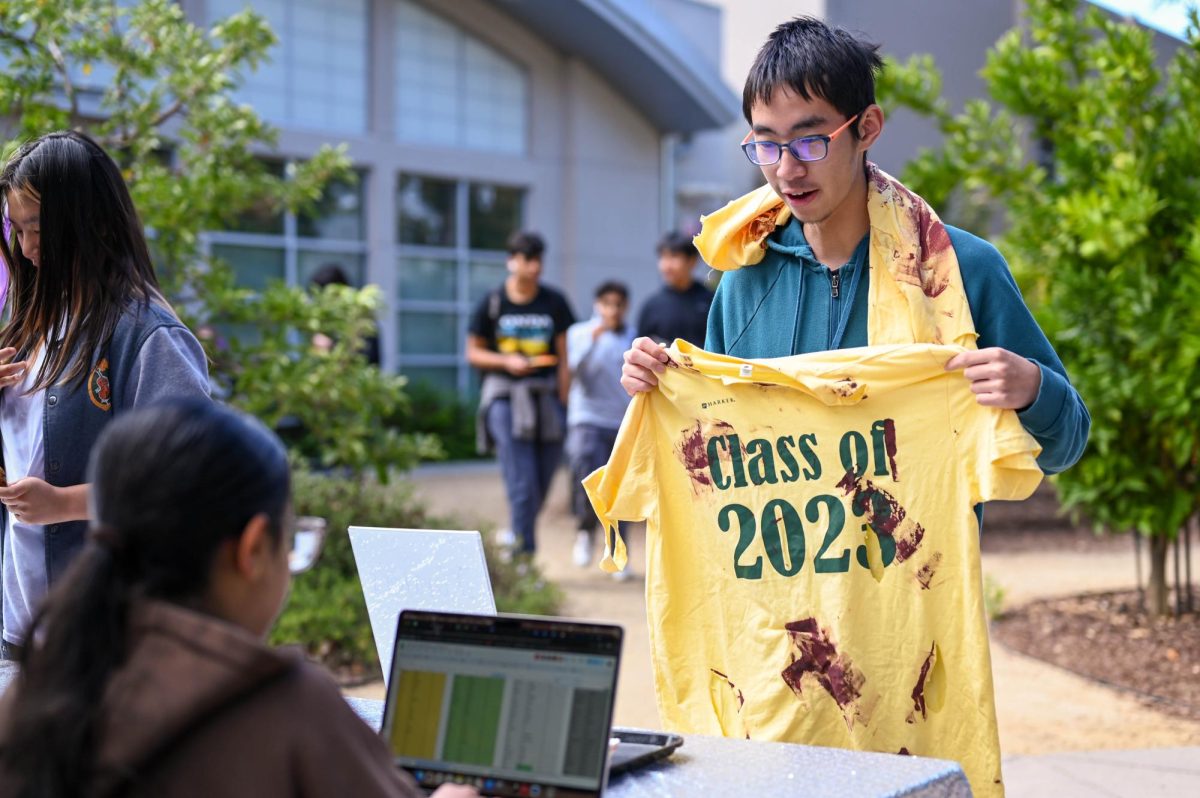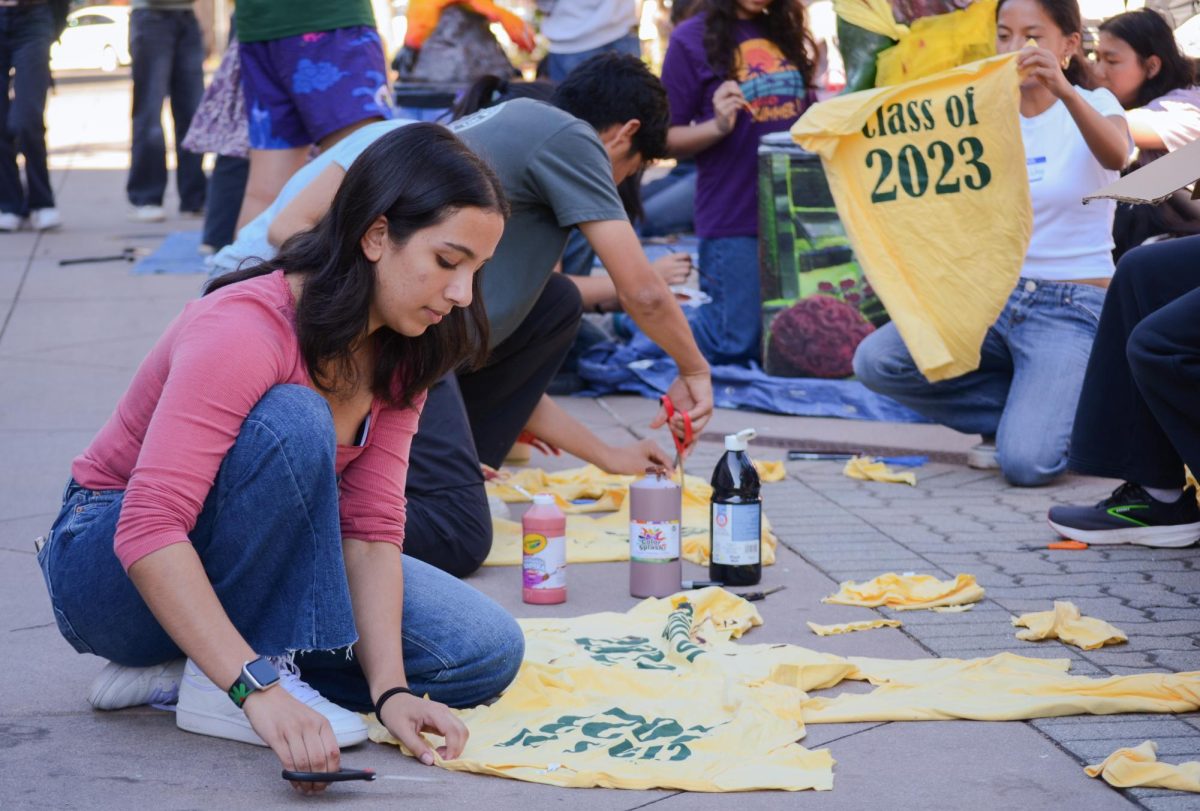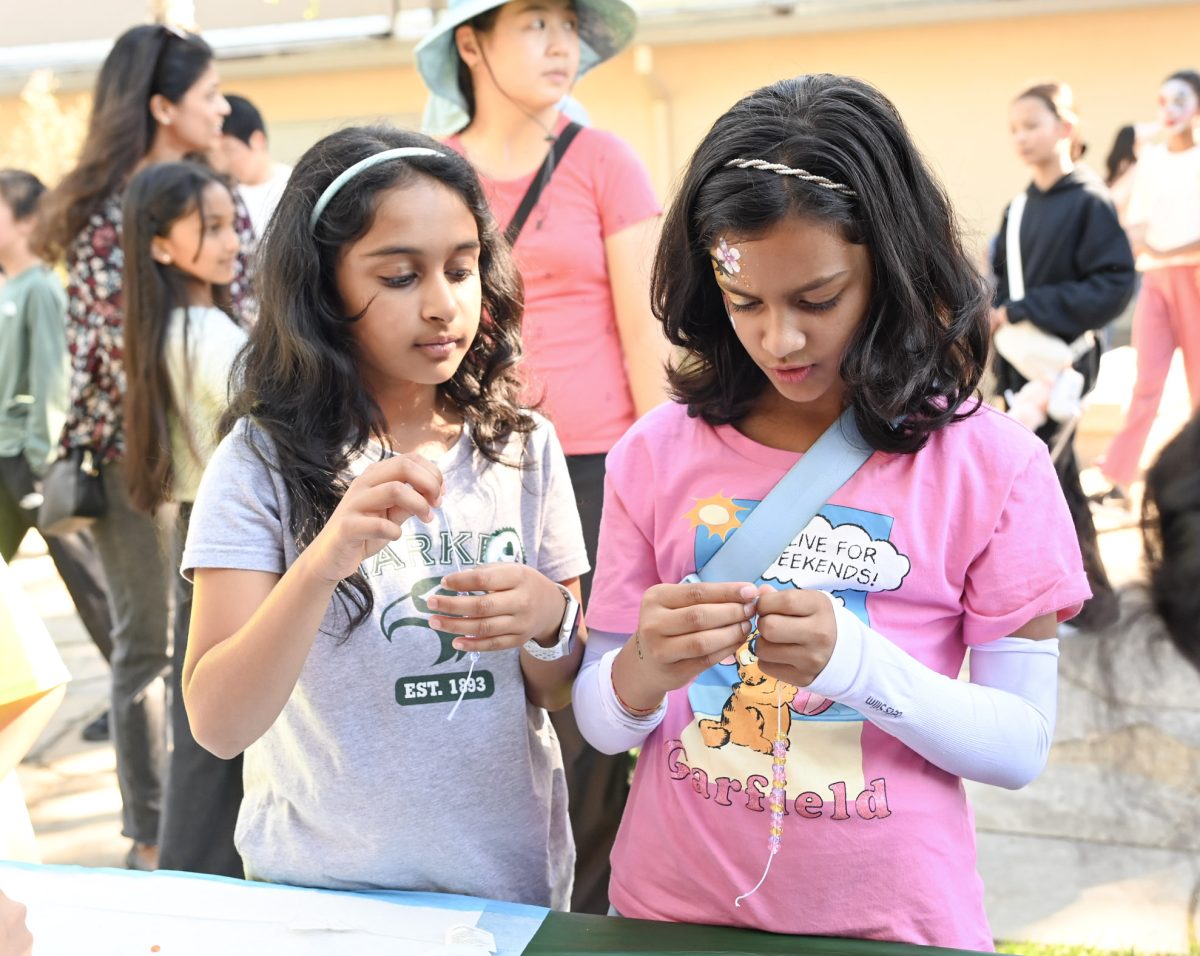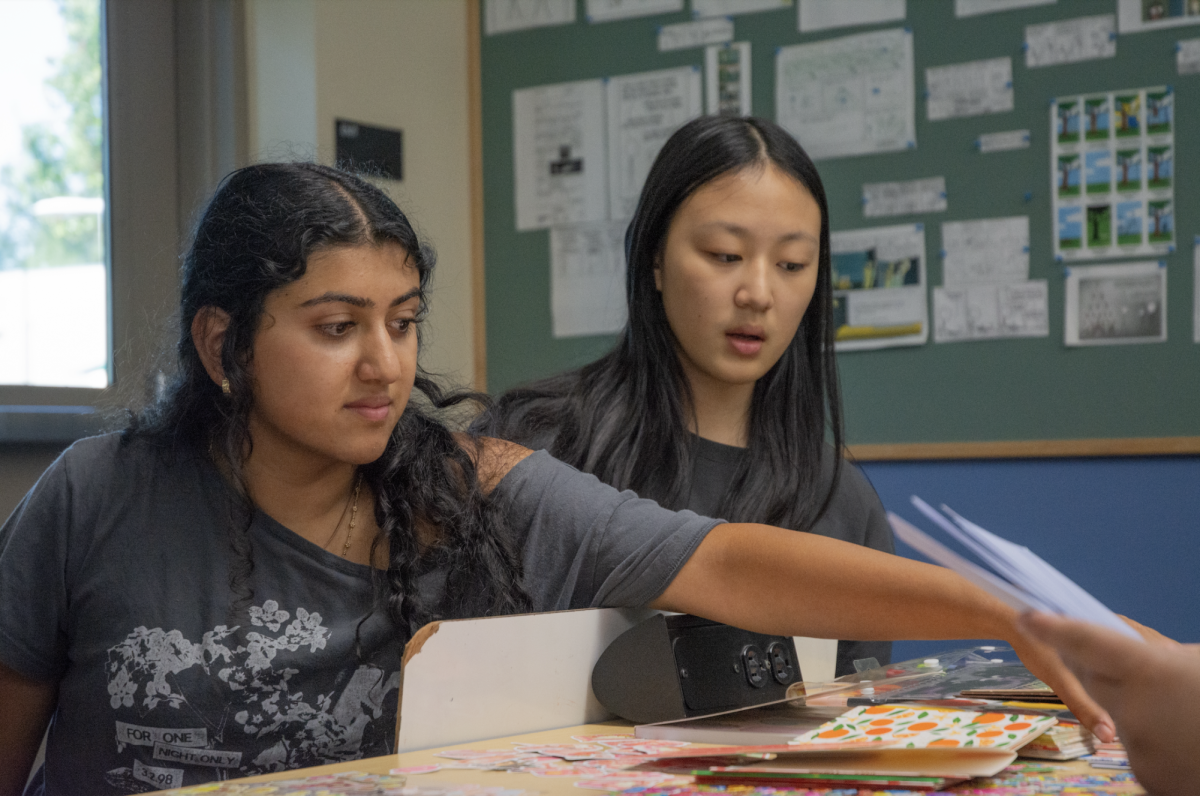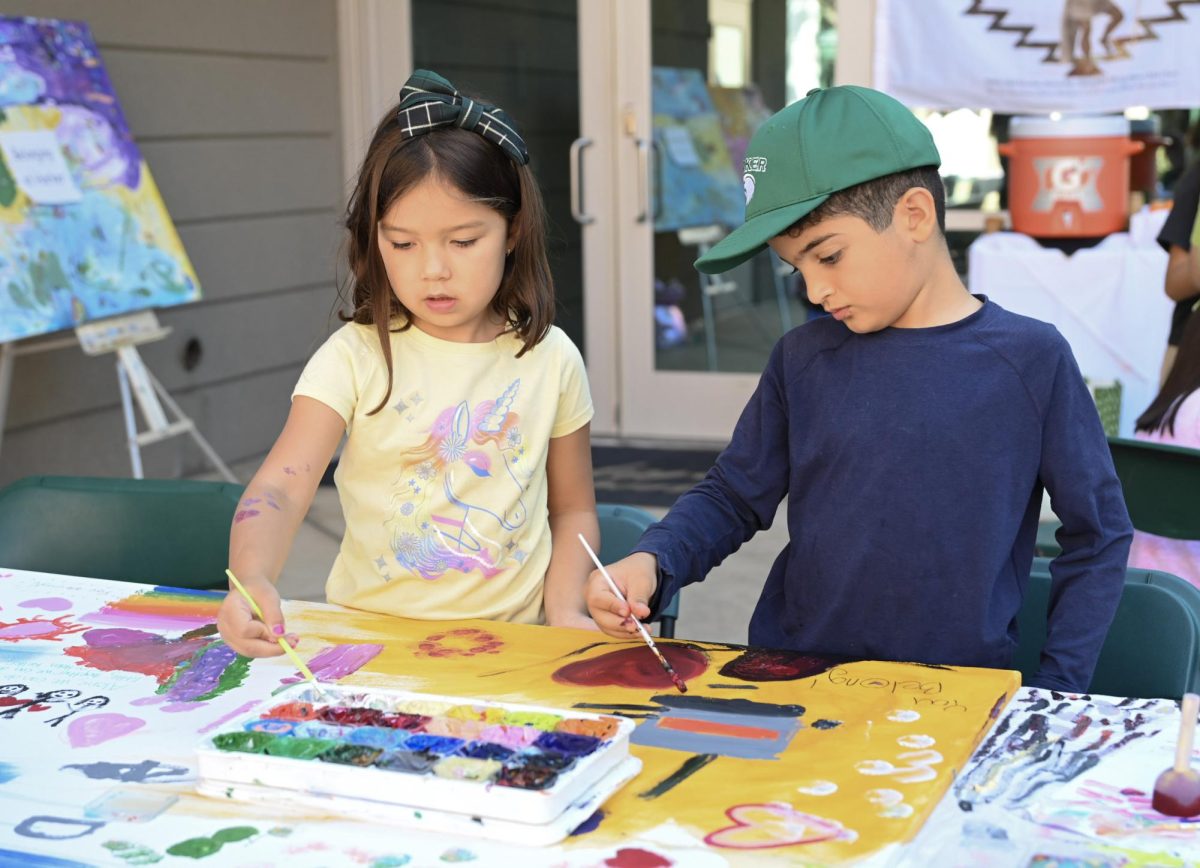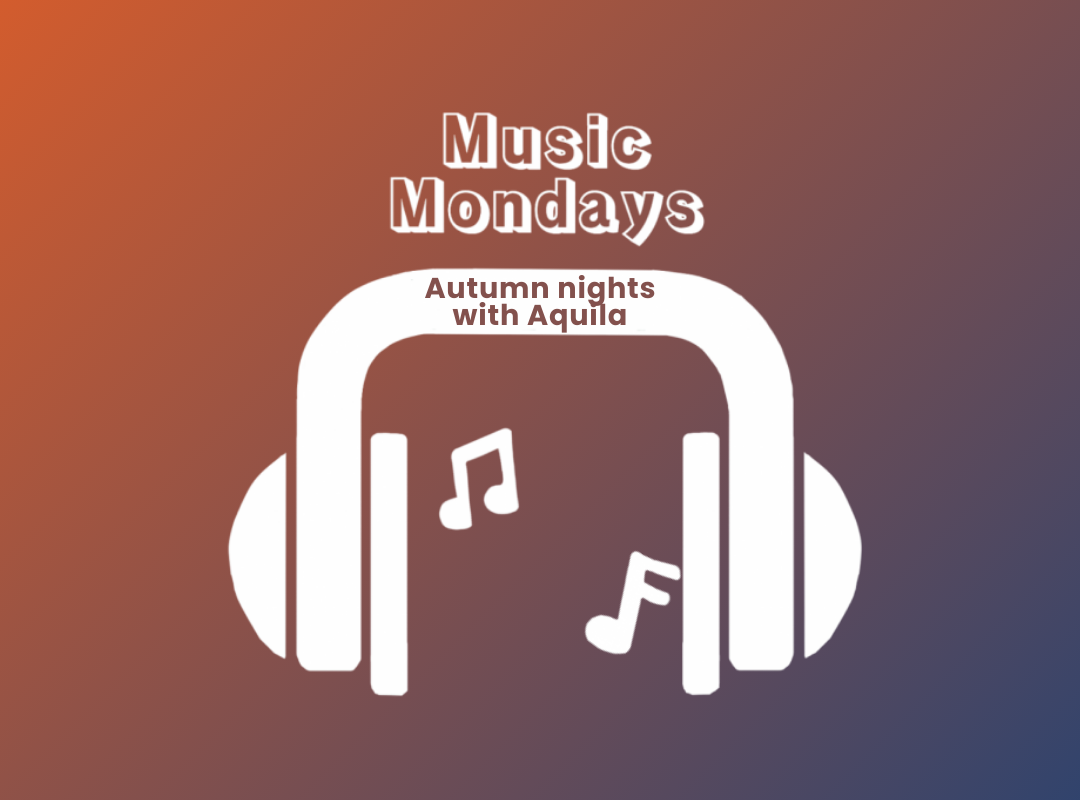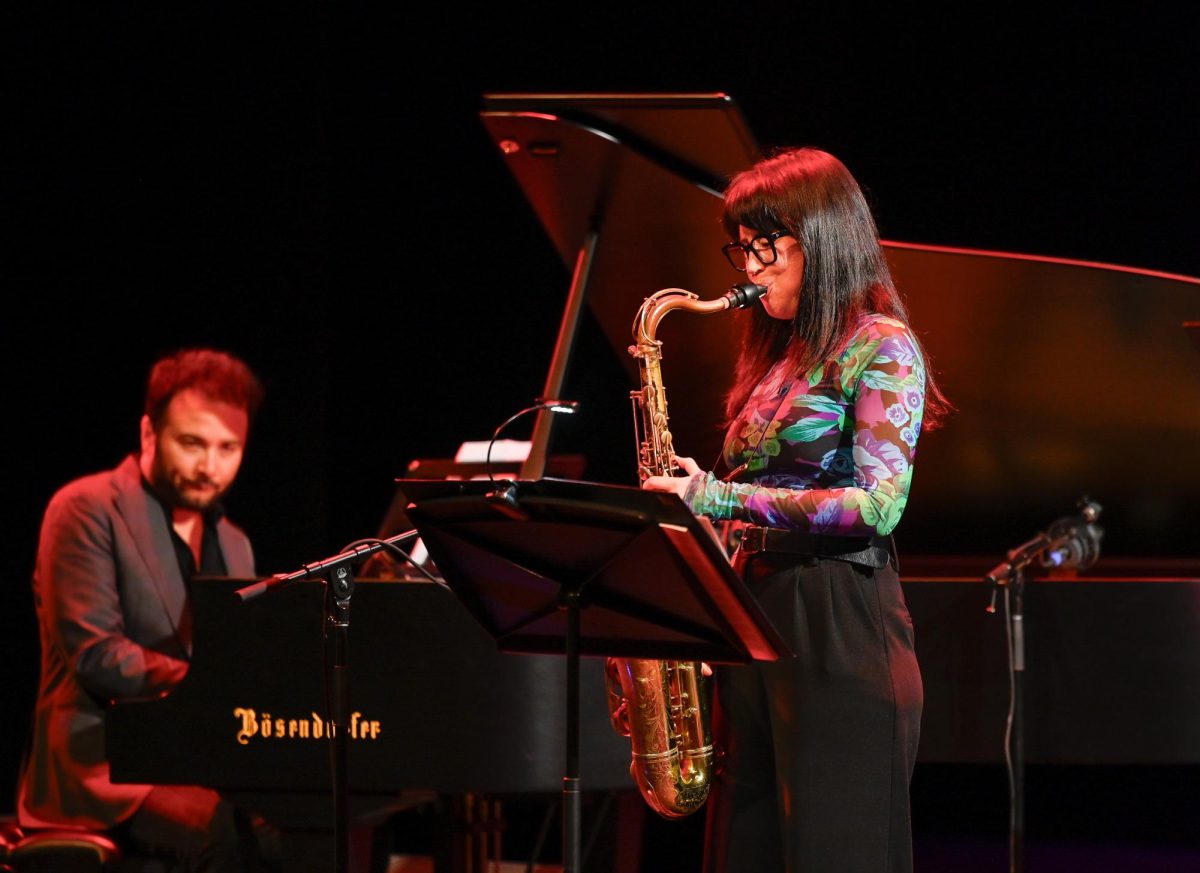Raging wildfires across the Los Angeles area have claimed at least 25 lives, displaced over 150,000 residents and scorched nearly 40 thousand acres since Jan. 7, becoming the most destructive fires in LA history.
The fires reduced more than 12,000 structures to ash, including homes, apartment buildings, businesses, schools, churches and vehicles. The estimated economic loss from the fires is $250 billion to $275 billion, according to weather forecasting company AccuWeather.
Chemistry teacher Casey Brown grew up in LA and still has family members living there. The fires threatened several of their homes, and at his father’s property, the flames destroyed a shed and a car in the front yard but spared the house itself.
“We deal with fires with some frequency, but this is a totally different scale,” Dr. Brown said. “The feeling we’ve had before is that we are under threat, but that houses are not actually going to burn. Now there are whole blocks leveled to ash where we lived. There might be an unharmed house right next to a charred wreckage. The destruction is just totally random.”
The Palisades Fire, currently the largest fire, burned over 23,700 acres west of LA, including numerous celebrity mansions. The Eaton Fire, located farther inland near Pasadena, burned 14,000 acres and claimed over 7,000 structures. Many densely populated areas like communities near the Getty Center and UCLA have received evacuation warnings.
As of Tuesday, firefighters contained 18% of the Palisades Fire and 35% of the Eaton Fire. The smaller Hurst Fire is 97% contained, and the Kenneth Fire is 100% contained. However, the fires are expected to worsen with extreme winds, high humidity and dry conditions throughout the week.
Senior Shaila Tandon’s grandparents live in Santa Monica, just 7 blocks away from the border of the evacuation order for the Palisades fire. Despite the smoke, ash and poor air quality, her grandparents decided to remain at home.
“Part of me wishes they would just evacuate and just stay safe, but at the same time I understand that it’s the emotional value of their house and belongings,” Shaila said. “LA is my second home, so it’s terrible to hear about all the people that have lost their homes and everything that they own. I’ll be going to LA in a couple of weeks and it’s going to be shocking to see all the damage.”
UCLA student Ariana Goetting (‘24) first noticed a cloud of orange smoke near campus on Tuesday afternoon. The Palisades fire was just 2.7 miles of campus, so UCLA moved classes to a remote learning format until Jan. 17. More than 5,000 undergraduate students left campus due to safety and health concerns.
“Front desks in the dorm buildings were distributing N95 masks for free, and a lot of students were wearing masks just to minimize how many toxins they’re breathing in,” Ariana said. “My roommates and I packed evacuation bags on Tuesday night just in case we had to evacuate in the middle of the night.”
The wildfire damaged essential sewer, water and power infrastructures, leaving more than 175,000 people without electricity in neighborhoods of LA, Santa Monica, and Long Beach. The overall LA air quality is 62 AQI, according to Accuweather, with a smoke advisory extended at least through Wednesday 7 p.m.
After observing the city officials’ response to the fires, Shaila noticed frustration among locals towards politicians for lacking the resources to tackle the devastation caused by the fires.
“LA has never had something so severe, and I don’t think they were prepared at all for a disaster of such a large scale,” Shaila said. “It’s been a week and the Pacific Palisades fire is only 18% contained, and the fire hydrants have run out of water. They also cut the budget of the fire department just this year.”
In addition to working to contain the fires, the National Guard was deployed to Altadena on Friday to deter looting in evacuated areas as more and more people leave their homes. Los Angeles police have arrested at least 30 looters so far.
Community groups have taken the lead in providing relief. The People’s Struggle San Fernando Valley coordinated a network of drivers to transport evacuators. All Power Books converted their location bookstore into a temporary warehouse for donations of emergency resources including canned food, masks and blankets.
Dr. Brown noted how the LA community has come together to share information and resources during this crisis. People have posted doorbell camera footage to update others on fire activity in evacuated areas.
“There is an enormous amount of camaraderie between people who are just one step away from being strangers,” Dr. Brown said. “While there are some looters, the vast majority of people want to help each other, and that is on display during this situation.”









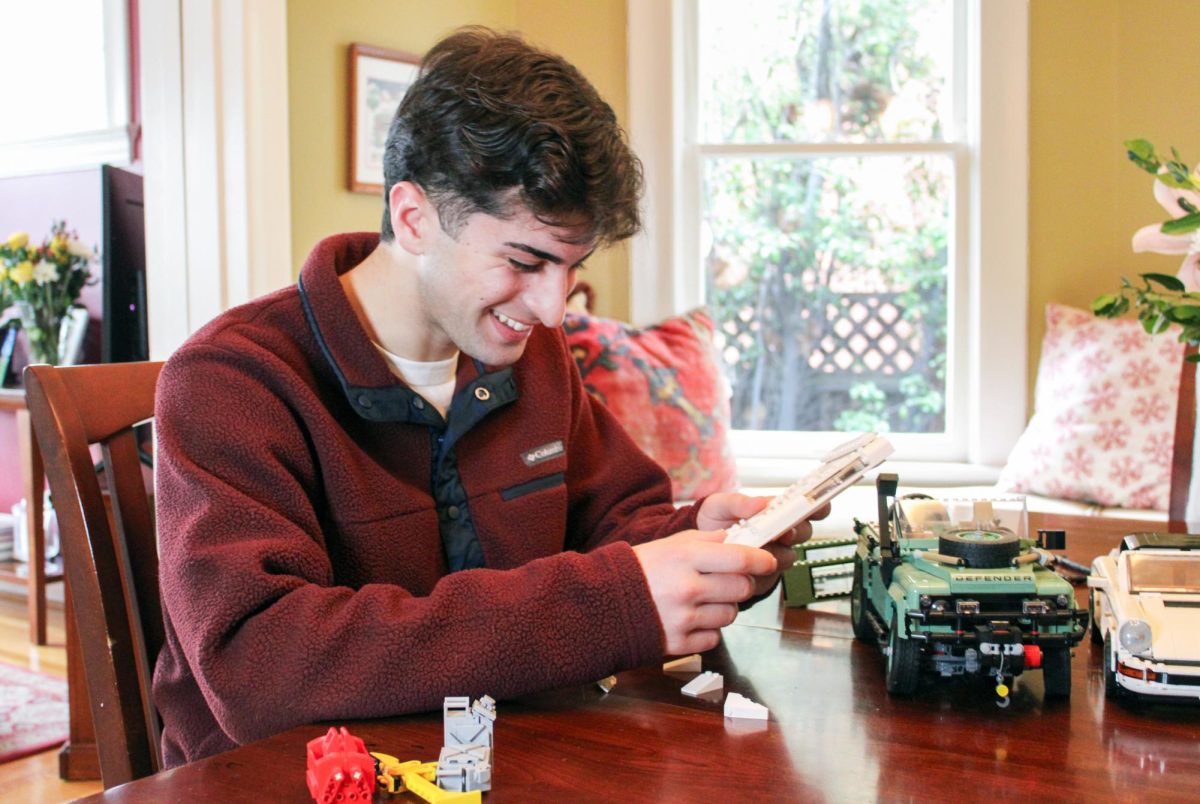
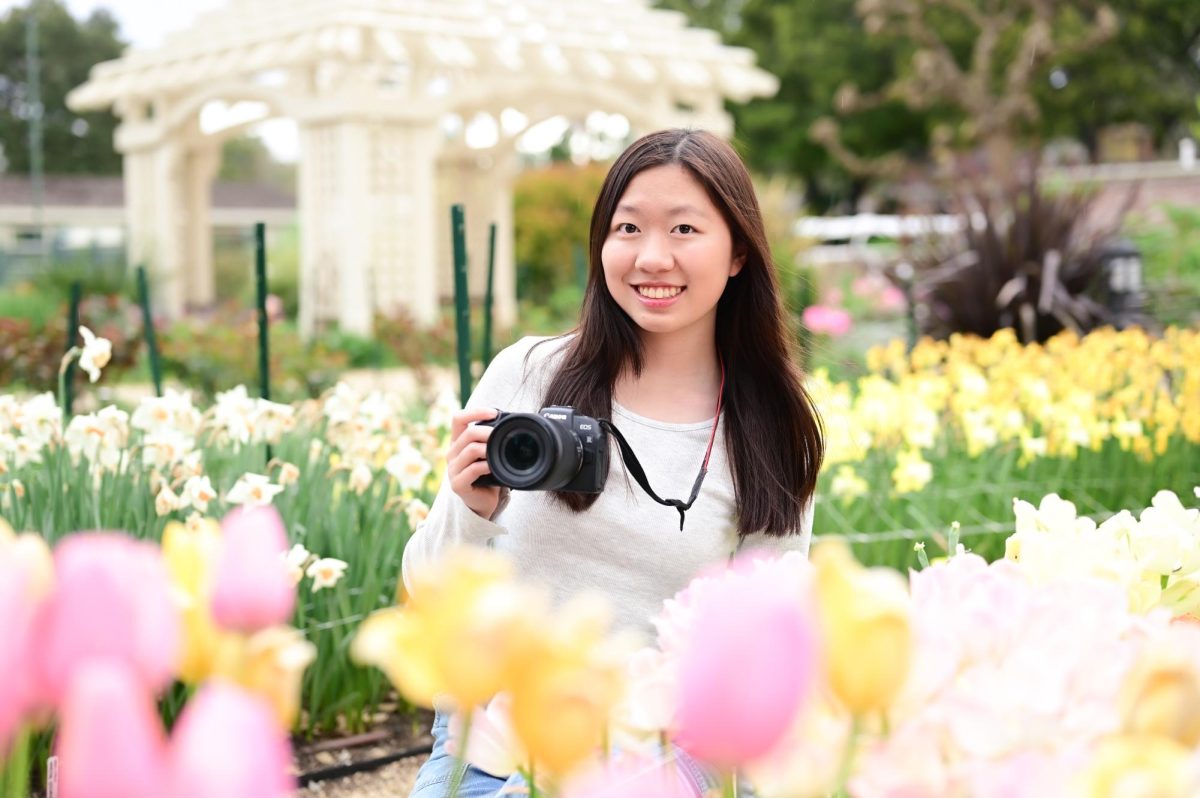
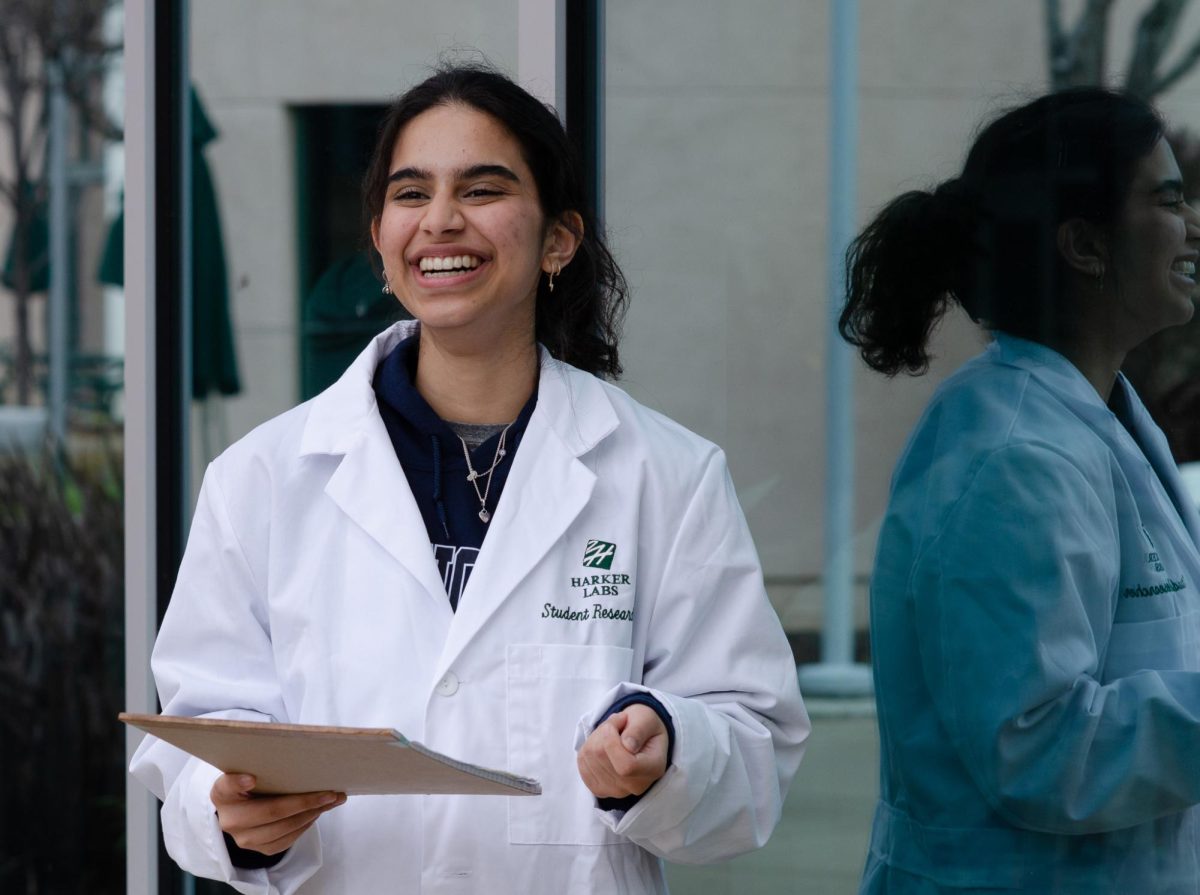
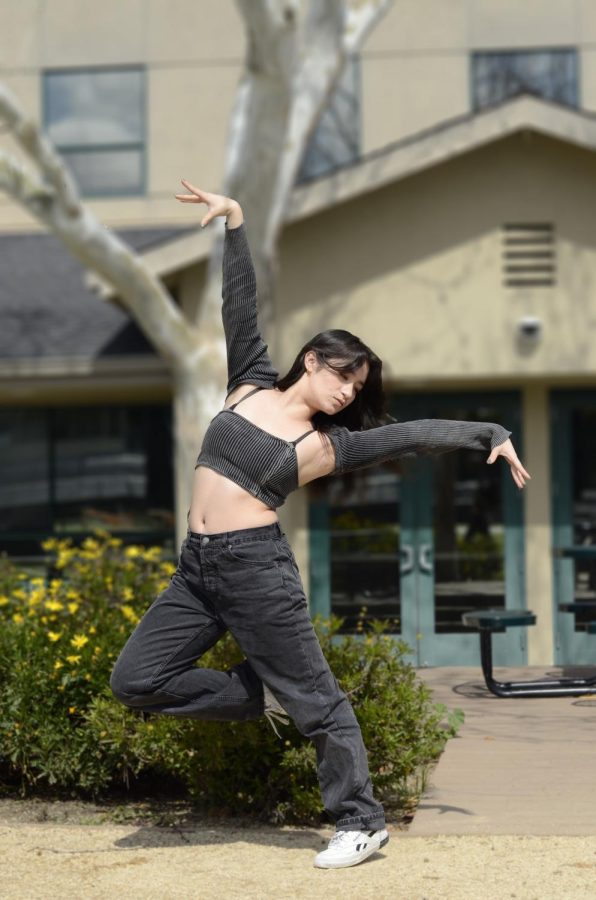



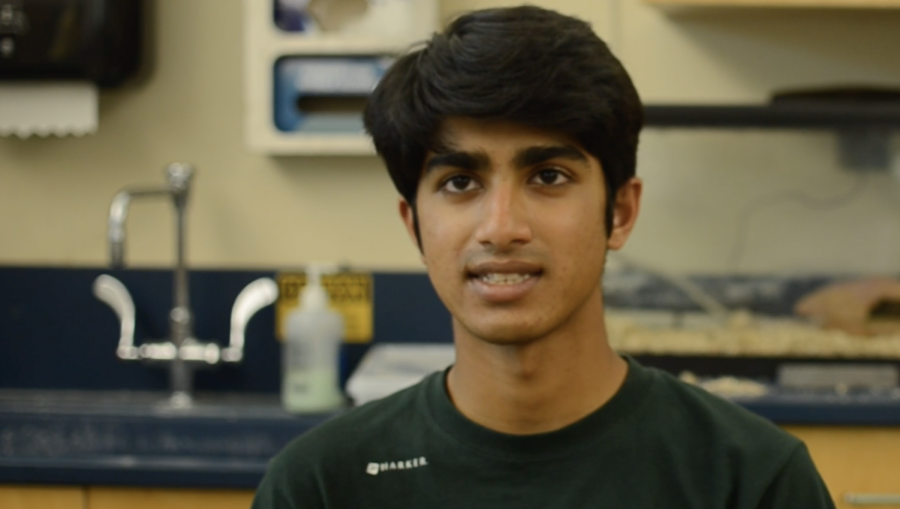
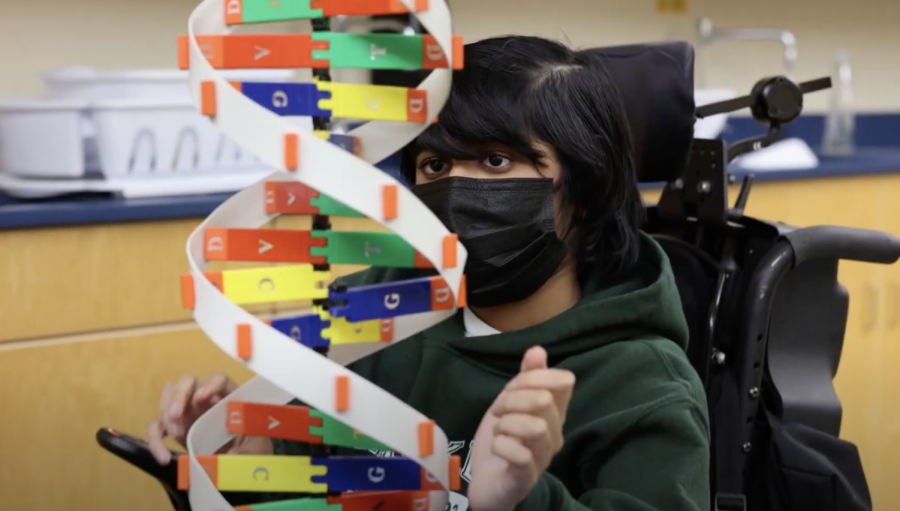
![“[Building nerf blasters] became this outlet of creativity for me that hasn't been matched by anything else. The process [of] making a build complete to your desire is such a painstakingly difficult process, but I've had to learn from [the skills needed from] soldering to proper painting. There's so many different options for everything, if you think about it, it exists. The best part is [that] if it doesn't exist, you can build it yourself," Ishaan Parate said.](https://harkeraquila.com/wp-content/uploads/2022/08/DSC_8149-900x604.jpg)

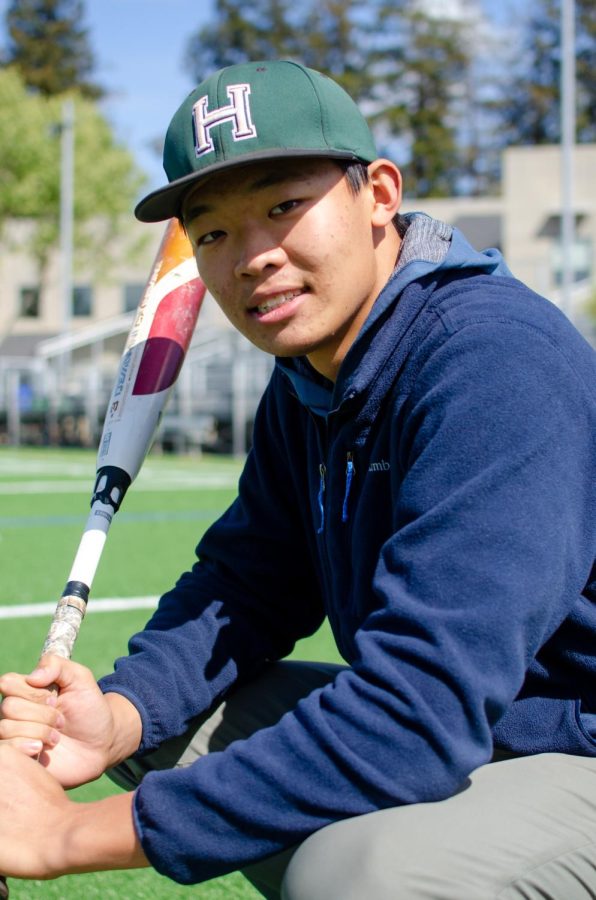

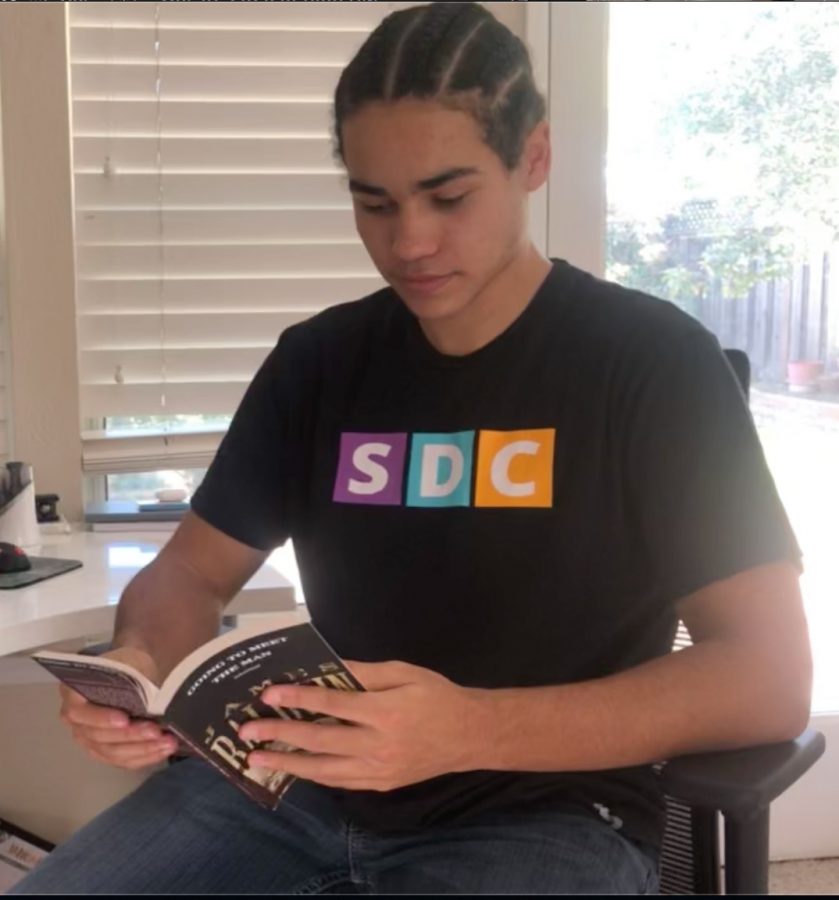
![“When I came into high school, I was ready to be a follower. But DECA was a game changer for me. It helped me overcome my fear of public speaking, and it's played such a major role in who I've become today. To be able to successfully lead a chapter of 150 students, an officer team and be one of the upperclassmen I once really admired is something I'm [really] proud of,” Anvitha Tummala ('21) said.](https://harkeraquila.com/wp-content/uploads/2021/07/Screen-Shot-2021-07-25-at-9.50.05-AM-900x594.png)

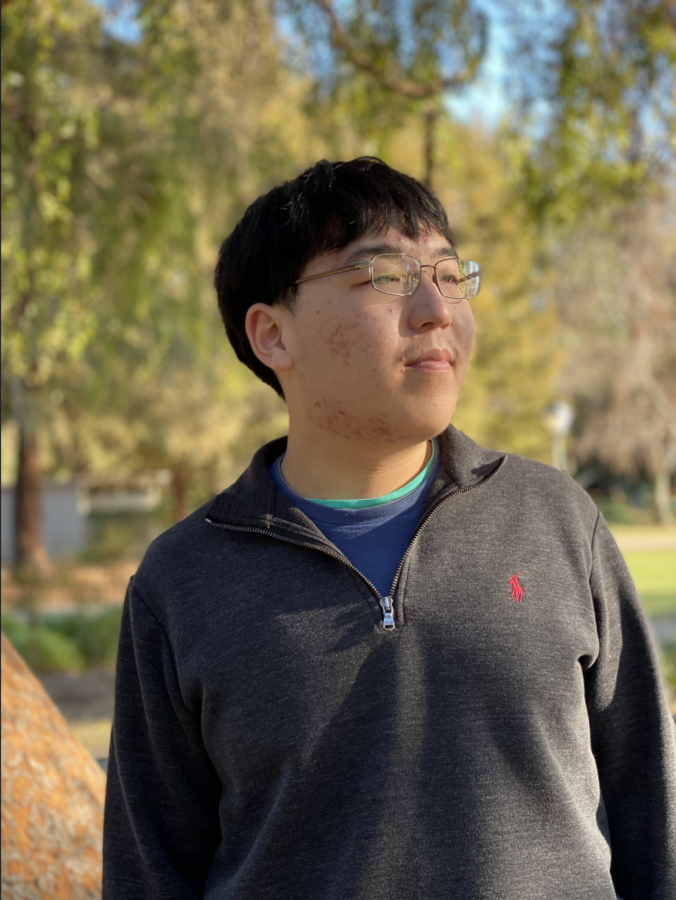
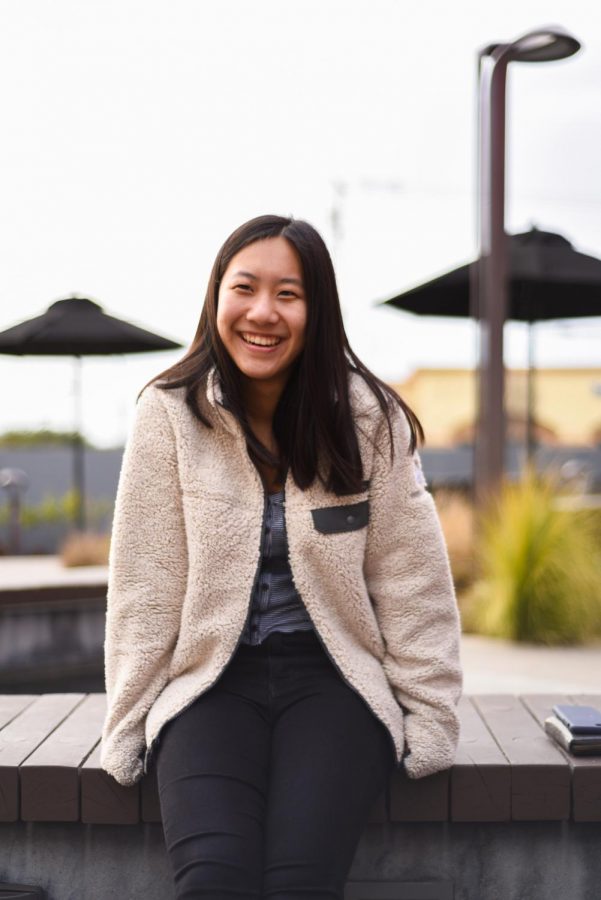
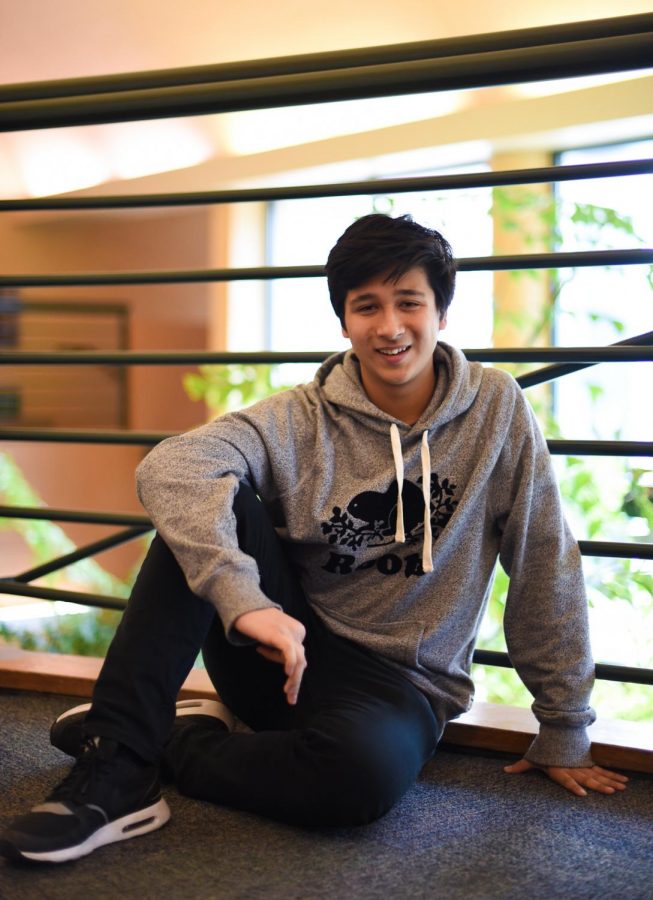
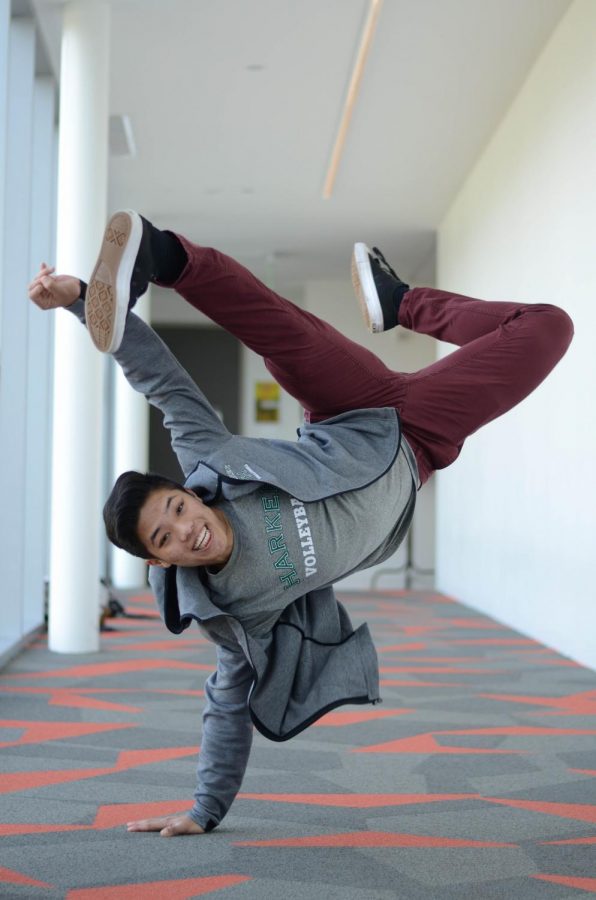
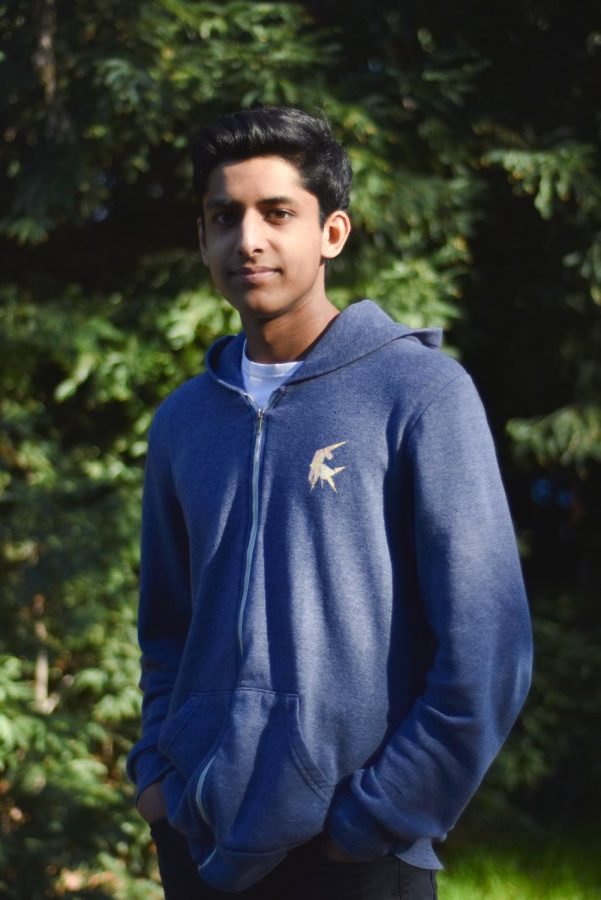

![“I think getting up in the morning and having a sense of purpose [is exciting]. I think without a certain amount of drive, life is kind of obsolete and mundane, and I think having that every single day is what makes each day unique and kind of makes life exciting,” Neymika Jain (12) said.](https://harkeraquila.com/wp-content/uploads/2017/06/Screen-Shot-2017-06-03-at-4.54.16-PM.png)


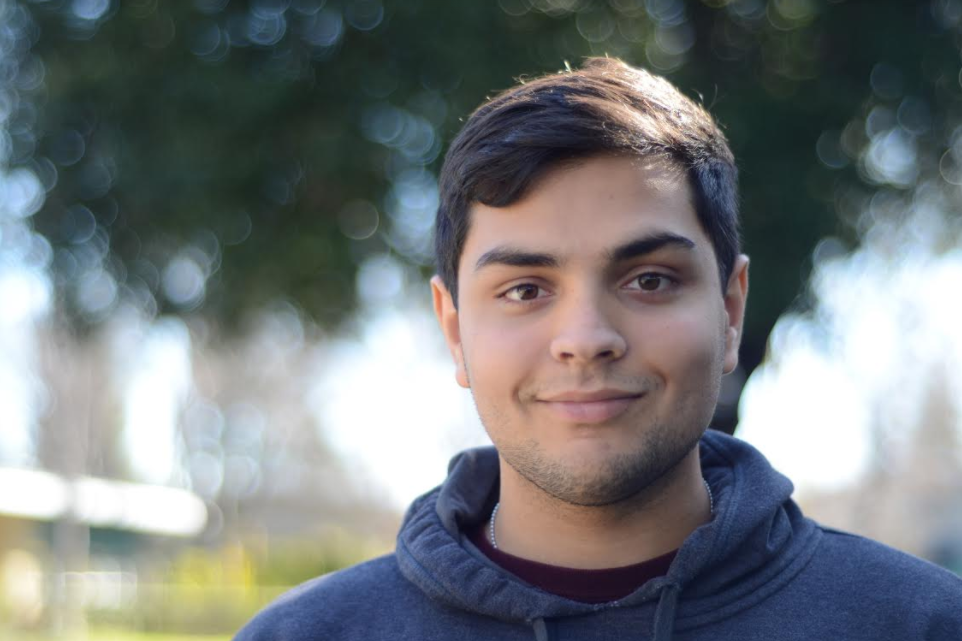

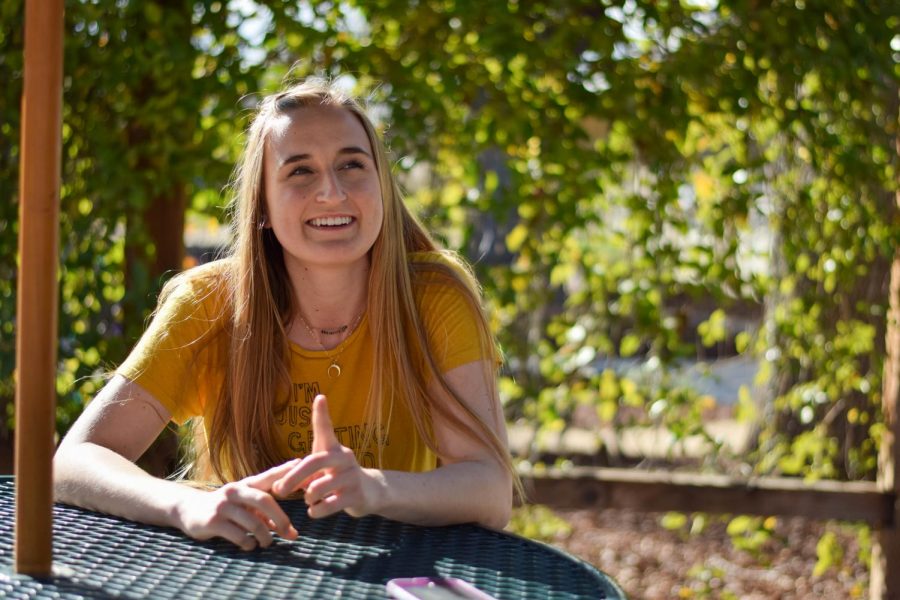
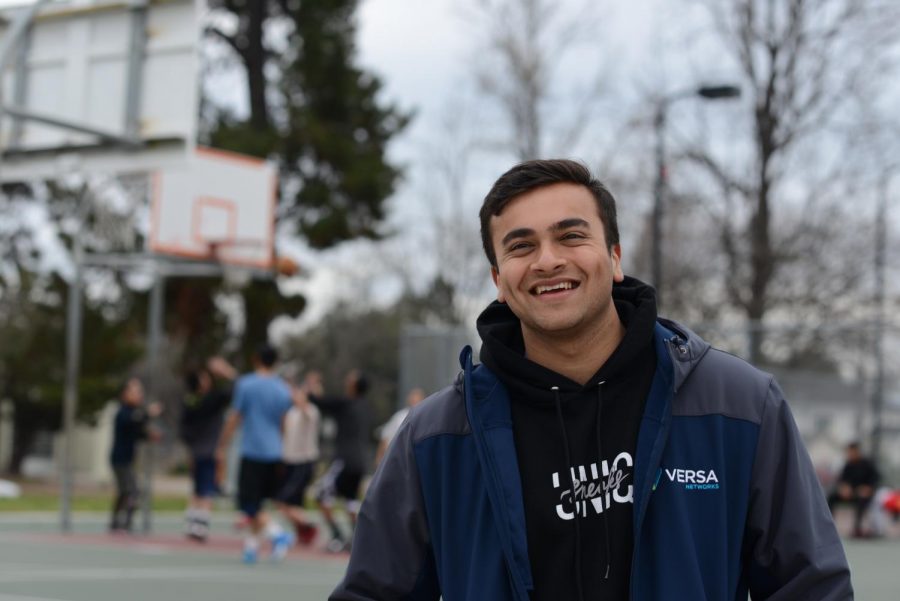

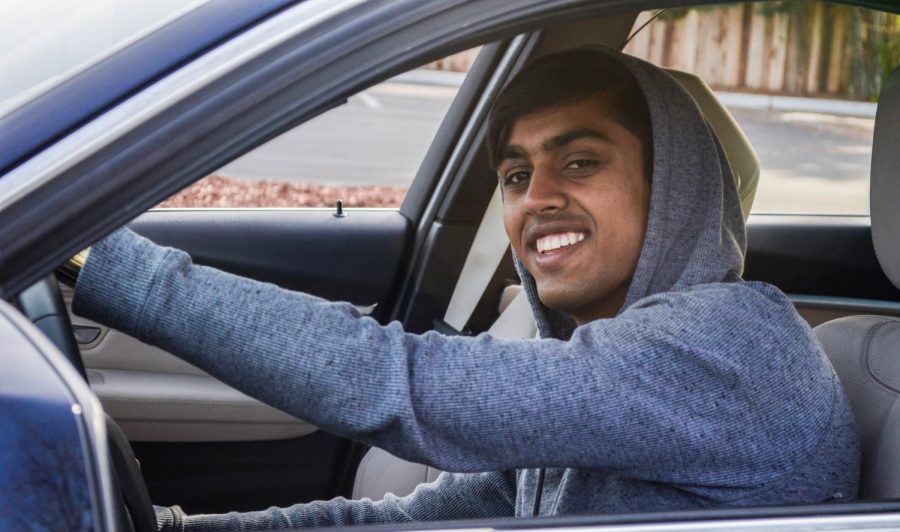
![“My slogan is ‘slow feet, don’t eat, and I’m hungry.’ You need to run fast to get where you are–you aren't going to get those championships if you aren't fast,” Angel Cervantes (12) said. “I want to do well in school on my tests and in track and win championships for my team. I live by that, [and] I can do that anywhere: in the classroom or on the field.”](https://harkeraquila.com/wp-content/uploads/2018/06/DSC5146-900x601.jpg)
![“[Volleyball has] taught me how to fall correctly, and another thing it taught is that you don’t have to be the best at something to be good at it. If you just hit the ball in a smart way, then it still scores points and you’re good at it. You could be a background player and still make a much bigger impact on the team than you would think,” Anya Gert (’20) said.](https://harkeraquila.com/wp-content/uploads/2020/06/AnnaGert_JinTuan_HoHPhotoEdited-600x900.jpeg)

![“I'm not nearly there yet, but [my confidence has] definitely been getting better since I was pretty shy and timid coming into Harker my freshman year. I know that there's a lot of people that are really confident in what they do, and I really admire them. Everyone's so driven and that has really pushed me to kind of try to find my own place in high school and be more confident,” Alyssa Huang (’20) said.](https://harkeraquila.com/wp-content/uploads/2020/06/AlyssaHuang_EmilyChen_HoHPhoto-900x749.jpeg)

